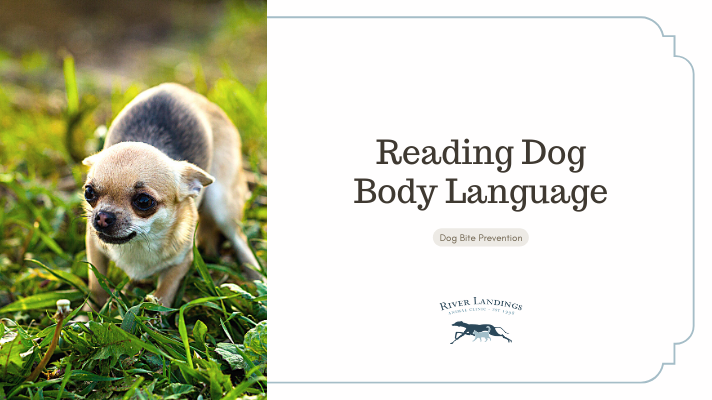We all know that dogs can’t talk to us, so they use their own vocalizations, body gestures and postures to express themselves. They rely on these types of communication to let people and other dogs know their emotions, especially if they feel stressed, frightened or threatened. They hope that the gestures will work to calm the situation and keep them out of trouble.
We can’t always read a dog’s body language accurately. Dogs, just like people, have their own, unique personalities, and they don’t all express themselves in the same way. One dog wagging its tail might mean that the animal is happy to see you or wants to play. The same gesture in another dog might mean that it’s anxious or nervous.
Sometimes, dogs will yawn, put their ears back or raise a paw if they are feeling worried. As the dog gets more concerned about the situation it’s in, its behavior will change. For example, if a dog tucks its tail under its belly or leg, lies down with a leg up or stiffens its body and stares at you, it could be trying to tell you that it’s frightened or threatened. When the dog reacts by growling, snapping or biting, it’s telling you that it wants to be left alone – Right now!
Remember, we can’t predict whether a dog will bite or not based on its size and breed. Always focus on the behavior of the animal.
Ask yourself a question next time you’re around a dog and want to play with it: Does the dog seem like it wants to be with you? If the dog is relaxed and friendly, and seems happy to see you, it’s probably in a good, playful mood and will welcome your attention. If the dog won’t look at you or is avoiding you by walking or turning away, it’s probably best to let it go on its way and leave it alone. If it seems tense and nervous, or seems to be staring at you, you’ll want to stay away.
If it’s not your dog, always rely on its owner to help you understand the pet’s mood. Always, always ask the owner’s permission before you attempt to pet a dog you don’t know.
Hear From Us Again
Don't forget to subscribe to our email newsletter for more recipes, articles, and clinic updates delivered straight to your e-mail inbox.
Related Categories:


